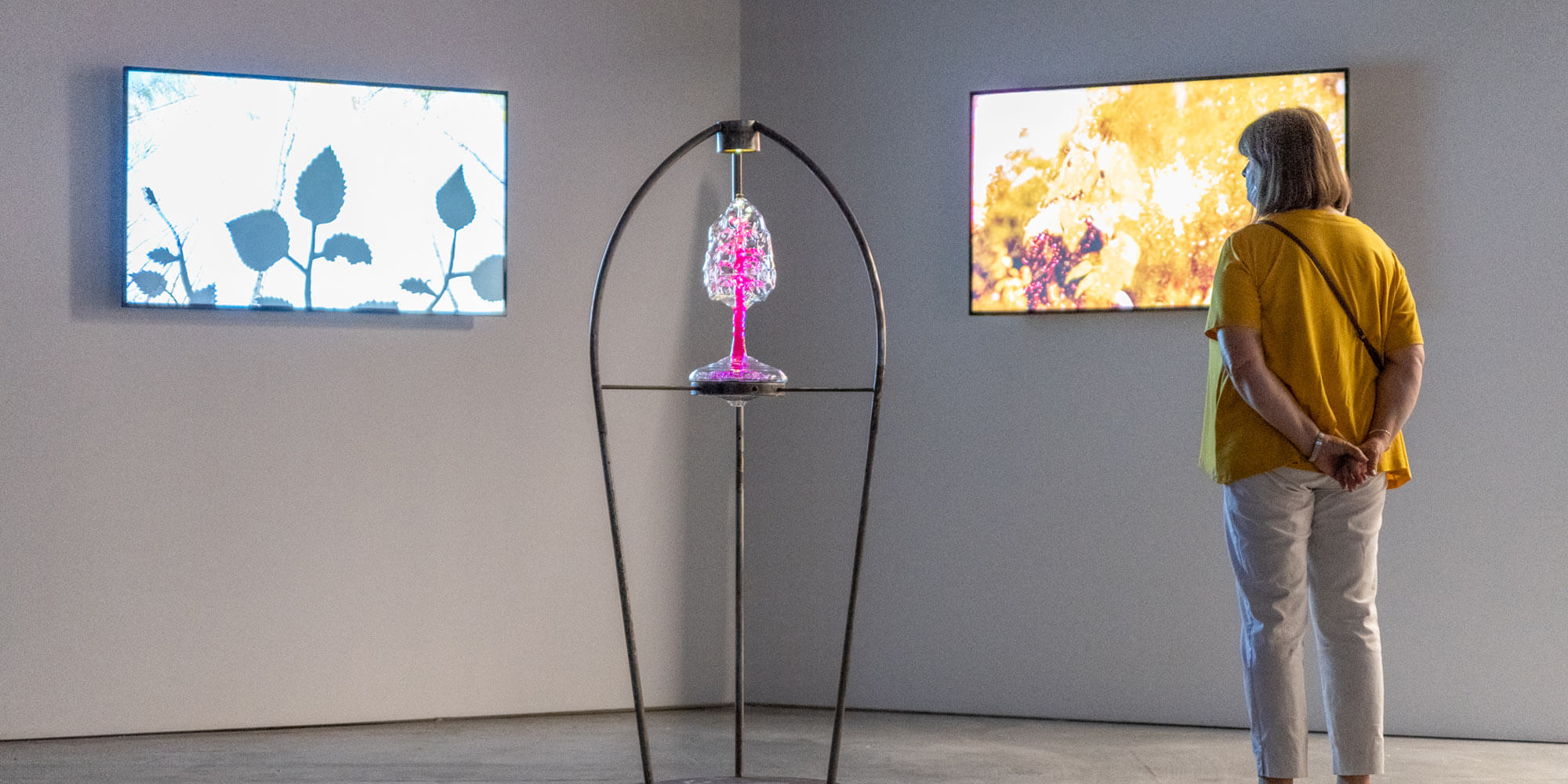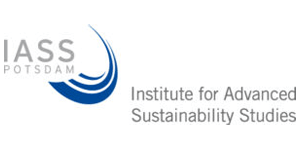Microplastic particles have been found at the farthest reaches of the planet and within human bodies. But what does the presence of this anthropogenic new material mean for other entities with which humans share the planet? Stranger to the Trees is a new media project exploring the complementary coexistence of microplastics and trees as carbon sinks. How do trees and microplastics coexist in forests, capturing carbon in the time of the climate crisis? Combining video, interactive sound and sculpture, Stranger to the Trees queries the response of forest ecosystems to the ubiquitous and irrevocable dispersal of microplastics around the world. The extensive transdisciplinary research behind Stranger to the Trees has also given rise to a scientific paper showing the first evidence of microplastic inclusion in tree roots.
Biography
Working from her studio in Berlin, Austen is Artist-in-Residence at the Faculty of Maths and Physical Sciences, University College London and Senior Teaching Fellow at UCL Arts and Sciences. She has held numerous residencies and fellowships including EMAP/EMARE Artist-in-Residence at WRO Art Center 2020, Studiotopia Artist hosting Scientists-in-Residence and Artist Fellow at Institute for Advanced Sustainability Studies, Potsdam. She is a Fellow of the Royal Society of Arts.
Credits
Stranger to the Trees was realized within the framework of the European Media Art Platform’s EMARE program at WRO Art Center with support of the Creative Europe Culture Program of the European Union.
Experts: Joana McLean, Section 3.7 – Geomicrobiology, German Centre for Geoscience. Franz Hölker, Ecohydrology, Leipniz Institute for Freshwater Ecology and Inland Fisheries. Daniel Balanzategui, Natural Science Unit, German Archaeological Institute and Section 4.3 – Climate Dynamics and Landscape Evolution, German Centre for Geoscience. Simon Barraclough, Pawel Janicki, Kamila Mróz, The Eugeniusz Geppert Academy of Art and Design, Michal Adamski, Keep Away From Fire.
Special thanks to: Matthias Strauß, Bernhard Bosecker, Kristen Rästas, Kelli Gedvil, Andreas Baudisch, post-gallery.online










